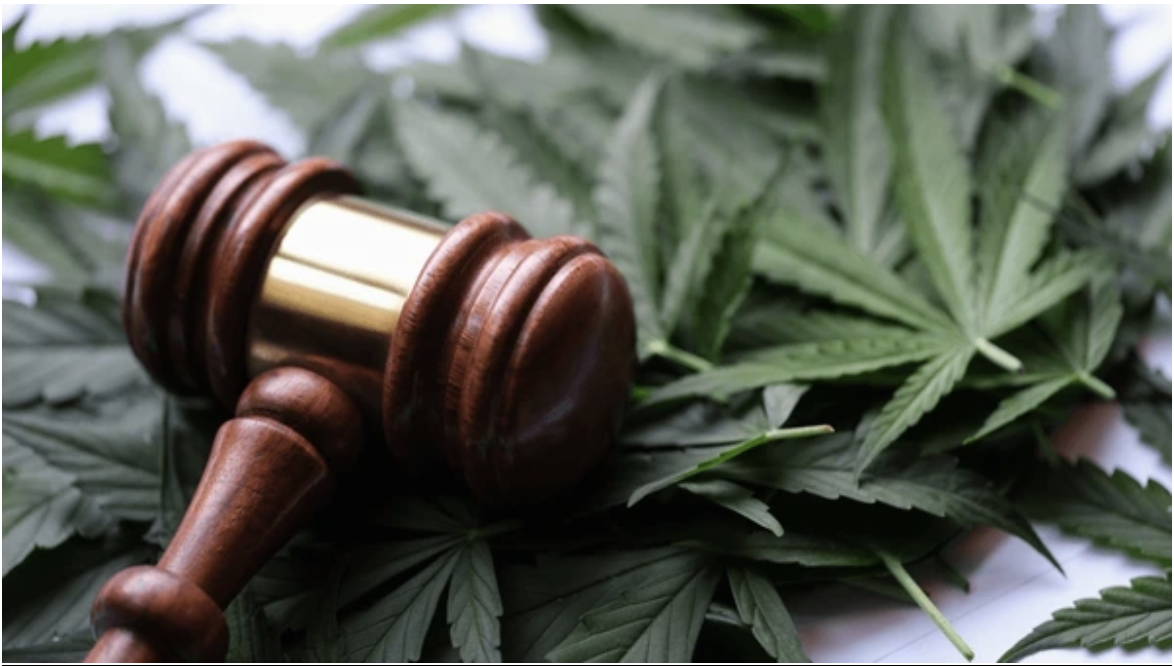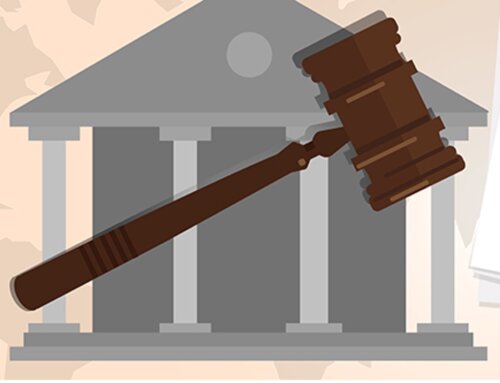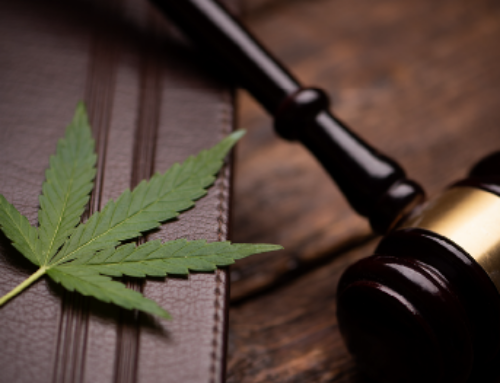How Are State and Federal Laws Regarding Cannabis Able to Conflict?
As of 2025, 24 U.S. states and three U.S. territories have legalized the recreational use of cannabis for adults 21 years of age or older. However, federal law continues to classify cannabis as a Schedule I substance under the Controlled Substance Act (CSA). As a Schedule I substance, cannabis is thought to have no accepted medical use and a high potential for dependency. In spite of all the progress that has been made, just over a decade ago, the idea of legalizing cannabis- even for medical use- was considered controversial.
The United States, being a nation with dual sovereignty, allows for the states to serve as “laboratories of democracy”. The vast majority of the time states will comply with federal law, however on occasion when the political will is present among enough voters, state-level resistance to federal law can sometimes turn into outright defiance. For example, in 1996 California passed the voter initiative Proposition 215- which allowed for both the sale and medical usage of cannabis for patients with AIDS, cancer, and other serious painful diseases. It is well established that states cannot nullify federal laws, and that federal law will “trump” state law when the two conflict pursuant to the supremacy clause of the U.S. Constitution. Nevertheless, California’s liberalization of its state level cannabis laws protected its citizens from state level prosecution and was a breakthrough for the cannabis reform movement.
Today, at least 74% of Americans live in a state where cannabis is legal for either recreational or medical use. Although cannabis remained illegal under federal law, the Department of Justice (DOJ) has not targeted state legal cannabis producers for over a decade and has largely adhered to the prosecution priorities outlined in the Cole Memorandum, even since the same was rescinded by subsequent administrations.
Despite the overwhelming majority of states allowing for the utilization of cannabis to some degree, reform at a federal level continues to stall. Minimal progress was made at the federal level with the passage of the 2014 and 2018 Farm Bill. While the Farm Bill did not alter the classification of cannabis, they did remove hemp from being a Schedule I substance. Recent progress has been made at the federal level with regards to rescheduling cannabis under the CSA. However, much work remains to be done and uncertainty remains with regards to what schedule cannabis may be reclassified to and how that will impact state level cannabis operators.
Sources:





